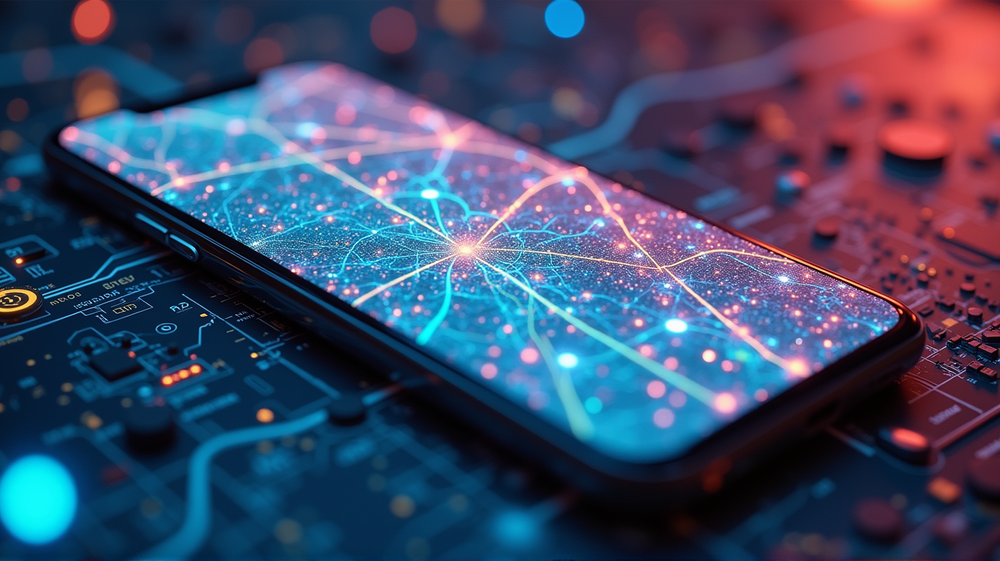Google's Screen-Recognition Feature Debuts on iOS, Leaving Android Users Eagerly Waiting
Google Maps has made waves with its newest feature rollout, exclusively for iPhone users. This highly anticipated screen-recognition tool leverages the latest in AI technology to enhance how users interact with their surroundings through their devices.
Unveiling a Future-Ready Tool
Initially announced in March 2025, Google Maps’ innovative feature is now live for iOS users. Powered by Gemini’s AI technology, this tool allows your iPhone to scan screenshots, effortlessly identifying location data and syncing it to your Google Maps app. Imagine saving location-based information from a ride or a restaurant right off your image gallery!
User Experience at the Forefront
iPhone users are greeted with an intuitive setup process. As you access Google Maps, screenshots with location details are displayed prominently in the “You” tab. A simple tap on “Try it now!” gives you a quick tutorial, allowing a hands-on approach to learn and use this fantastic feature seamlessly.
Privacy-Centric Options
Acknowledging the diverse needs of its users, Google Maps offers tailored permission settings. You can control how Maps interacts with your gallery, choosing between different access levels to protect your privacy while enjoying unparalleled convenience.
Anxious Eyes from the Android Community
While iPhone users relish this technological leap, their Android counterparts are left in anticipation. Android enthusiasts, excited yet impatient, hope for swift delivery of this feature later this year. Google’s confirmation of the Android version promises a future where all users can enjoy this convenient tool.
As Google Maps continues redefining digital navigation, iPhone users revel in its exclusive benefits, making Android users eagerly expectant of what’s to come. Keep your eyes peeled for what’s next in this evolving digital age!
According to VOI.ID, Google’s advancement pushes the digital travel assistant’s boundaries, marking a new era of interaction between users and their environment.




